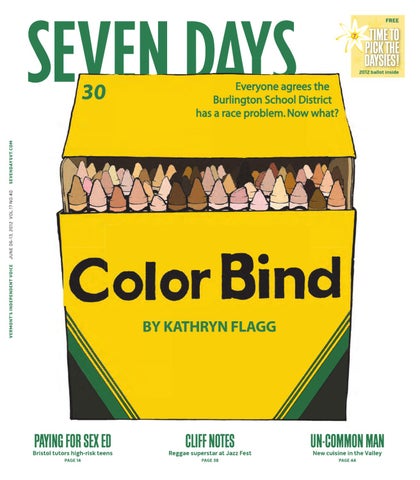
**The Intricacies of Misinformation in Science During the Internet Era: A Critical Examination of Food Babe and the Azodicarbonamide Controversy**
When Jon Stewart, the cherished former host of *The Daily Show*, criticized Subway’s sandwich bread for including azodicarbonamide—a substance also found in the production of yoga mats—many reacted with shock and dismay. In his characteristically humorous style, Stewart positioned azodicarbonamide’s dual role as evidence of its possible dangers. Nevertheless, this reductionist viewpoint is precisely where humor collides with complexity, particularly in the ambiguous realms of food science and public health debates. The consequence? A striking illustration of how misinformation proliferates, propelled by influential personalities and bloggers like Food Babe, who have established platforms rooted in the binary belief that “natural” signifies goodness, while “artificial” or “chemical” implies danger.
### The Azodicarbonamide Fiasco
Azodicarbonamide is a chemical substance utilized in several sectors, including food manufacturing and plastic fabrication, serving as both a dough conditioner and a blowing agent. Its most recognized use is in the bread from Subway. However, the alarm bells began to ring—since it is also a constituent of yoga mats and various industrial items, it frequently gets categorized as “hazardous” chemicals.
Naturally, labeling a food additive as something “also present in yoga mats” can be unsettling, just as stating “salt is utilized to produce poisonous chlorine gas” could incite fear. When discussing chemicals, context and concentration are paramount. The mere presence of a substance in two disparate settings doesn’t inherently imply it is risky. For example, water can be both life-sustaining and, under certain conditions, detrimental. Likewise, gypsum is integral to both drywall *and* tofu, yet doesn’t provoke public outrage. Chemicals are not innately beneficial or detrimental—they serve as instruments. What’s essential is their interaction with our physiology, and their concentrations.
Subway’s decision to eliminate azodicarbonamide followed a public outcry initiated by the food blogger “Food Babe” (real name: Vani Hari), who launched a petition demanding the chemical’s removal from Subway’s bread. Yet, paralleling many online campaigns, distinguishing fact from fear-driven claims became increasingly challenging amidst the clamor.
### Who Is Food Babe?
Food Babe’s advocacy for greater transparency and supposedly safer food originated with noble intentions. She exposed ingredients in commonplace products that most consumers seldom contemplate. However, despite her informative aspirations, Hari has faced criticism for disseminating partially accurate information and intertwining credible science with prevalent misconceptions. For instance, her infamous campaign against azodicarbonamide neglects several vital scientific aspects—her activist stance on various other topics (such as her views on genetically modified organisms (GMOs) or vaccines) showcases a simplistic grasp of chemical principles.
Consider one of her blog posts about teabags. She asserts that some tea brands employ plastics like nylon or polylactic acid in their teabags, while others opt for paper teabags treated with polyamide-epichlorohydrin resin. She cautions readers about the risks of epichlorohydrin, which, in the presence of water, can generate a carcinogenic compound known as 3-MCPD. While this is captivating, her article overlooks critical subtleties, framing her worries in broad claims, which exacerbates public unease rather than genuinely informing her audience.
### Is Epichlorohydrin Truly Hazardous?
Let’s delve into the chemistry that Food Babe references. Epichlorohydrin is indeed a reactive chemical, and when certain resins are applied to paper teabags, minute quantities of this compound could remain in the final product. Epichlorohydrin may react with water to yield 3-MCPD, a chemical that the state of California does classify as carcinogenic.
However, this is where complexities arise: the levels of epichlorohydrin present in tea bags are minimal, likely well beneath concentrations that would pose any real risk in average consumption scenarios. This is a crucial consideration that is often ignored in public discourse. Just because a compound manifests harmful effects at specific levels or under certain laboratory circumstances doesn’t mean it will exert the same influence at far lower concentrations encountered in food items. As is the case with azodicarbonamide, merely asserting that a substance *can* be harmful without clarifying realistic exposure levels is inadequate.
### The Hazards of Oversimplifying “Natural” and “Artificial”
Food Babe’s inclination to equate “natural” with “beneficial” and “artificial” with “harmful” highlights a wider, more detrimental fallacy. Consider the apprehension she propagates regarding preservatives like potassium sorbate, which, contrary to her assertions, is safe for consumption at regulated levels. Potassium sorbate is simply an unsaturated fatty acid that our